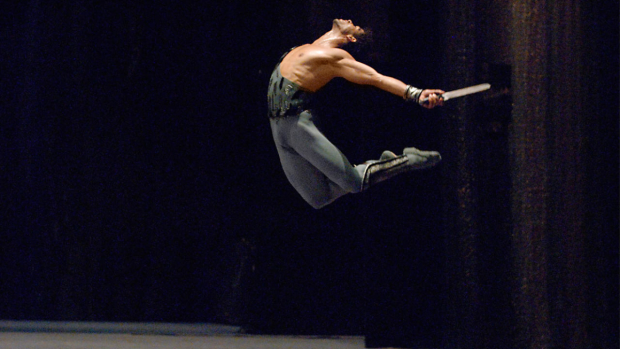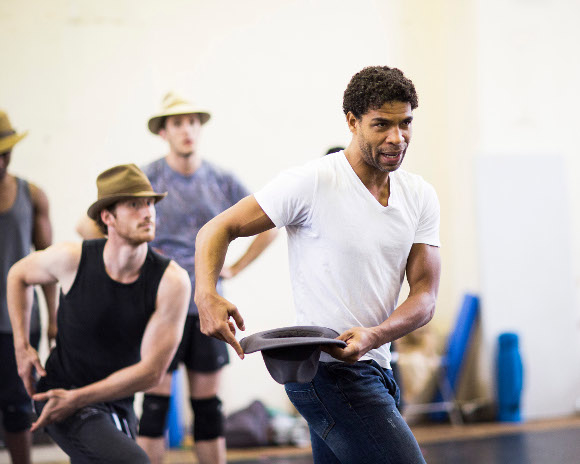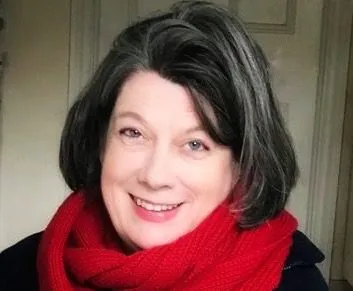What is Carlos Acosta's secret?
As he takes to the ballet stage for the last time, Sarah Crompton asks what makes the first black principal at the Royal Ballet so special

© Alastair Muir
Carlos Acosta has taken a long time to say goodbye to the ballet stage he has graced for so long. He told me he was retiring in a public interview at the Hay Festival in 2014, said farewell to the Royal Ballet where he was a principal for 17 years last November and since then has intermittently been touring at home and abroad with two bills of classical excerpts.
The last of these, The Classical Farewell, a well-judged mixture of the pyrotechnic and the dramatic, the joyful and the elegiac, performed with a clutch of Royal Ballet principals and two wonderful youngsters from Cuba, has its final performance at the Royal Albert Hall on Friday.
There will be tears. Watching the bill last night, surrounded by 4,000 other fans peering across the vast auditorium to catch a final glimpse of our man, I realised it was as much our chance to say goodbye as his to wave to us. Acosta is truly a marvel, and watching him I am always struck by just how astonishing it is that this poor boy from the backstreets of Cuba should have become an international ballet star.
He has accomplished so much and pulled off so many firsts – the first black principal at the Royal Ballet, the first black Romeo, the first classical dancer to mount a show about his own life (the immensely popular Tocororo). He’s written an autobiography and a novel, and now has formed his own company Acosta Danza, based in his native Cuba. He will continue to perform in contemporary work, but he sees his future increasingly as a director.
'When he walks across a stage, he has presence – he holds the eye.'
Exceptional qualities always fascinate me and as I watched him dancing alongside the dazzling Marienela Nuñez I found myself thinking about what it takes to break the bounds of ballet and become a name and a face that a wider society recognises. In a word it’s charisma, but what does that consist of?

© Helen Maybanks
In Acosta’s case, it’s based on an astounding technique – still visible even as he approaches his 44th birthday. He used to be able to fly across the stage, carving delicate shapes as he jumped. The shaping is still there, and he turns with precision and speed. He is also, unusually for a male virtuoso, a brilliant partner, safe and strong, presenting his ballerina and building a world of comfort around her.
But it’s more than that. When he walks across a stage, he has presence – he holds the eye. You know he is there, even if you don’t know who he is. He has beautiful hands and arms that somehow open to the world. And that, I think, is a clue to his secret. There’s a generosity to the man that shines on the stage. His personality makes its mark.
He gave himself whole-heartedly to classical dancing, and let us glimpse into his soul.'
This I think explains why some dancers – and actors come to that – become stars. It doesn’t mean they can’t lose themselves in a part – one of Acosta’s qualities is his dramatic force, his ability to make you believe in the character is playing, whether he is a tortured prince or a cheerful farmer. But there is a willingness at the heart of the performance to let you glimpse the personality of the performer, to reveal something of themselves while they are impersonating someone else. It is a strange but essential alchemy.
Acosta could have hidden behind that exceptional technique. But he didn’t. He gave himself whole-heartedly to the art of classical dancing, and in the process let us glimpse into his soul. That’s why it’s hard to say goodbye, for both him and us.
Carlos Acosta – The Classical Farewell runs at the Royal Albert Hall until 7 October.












